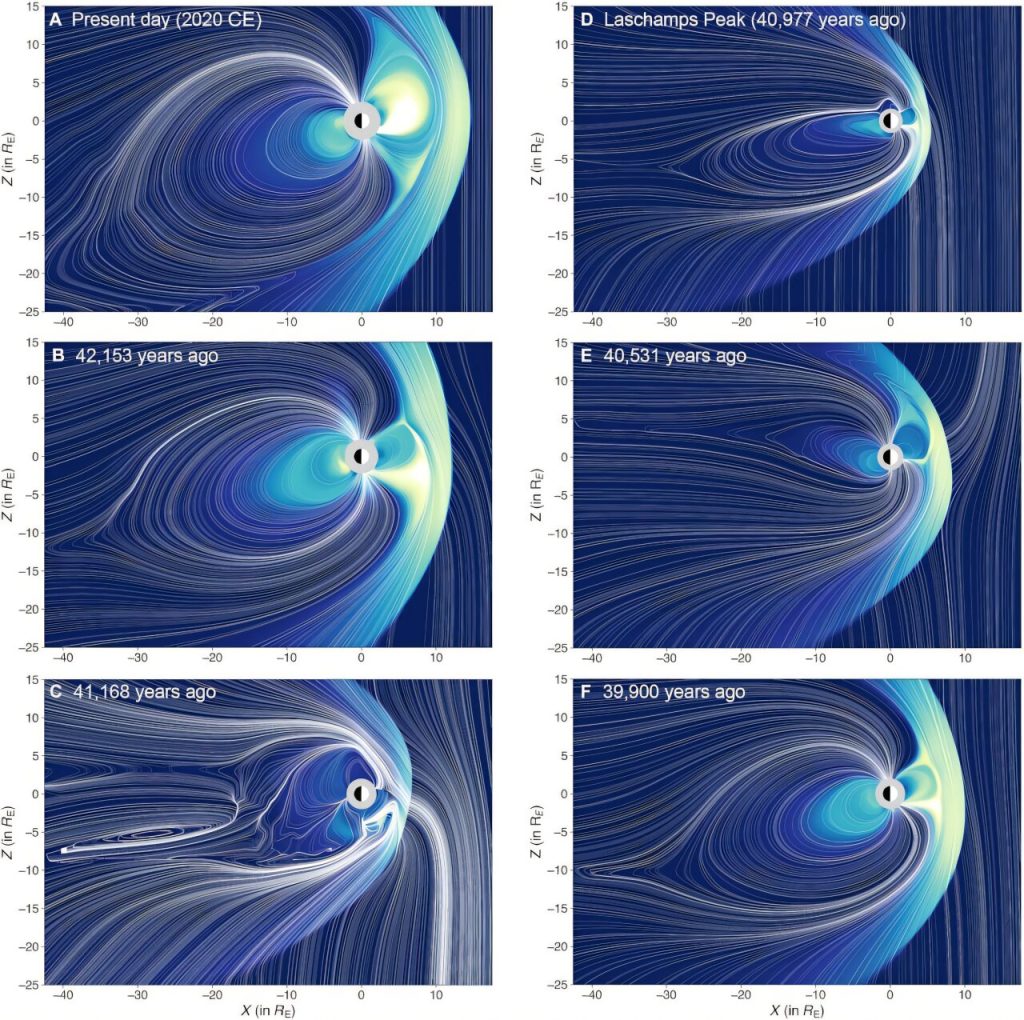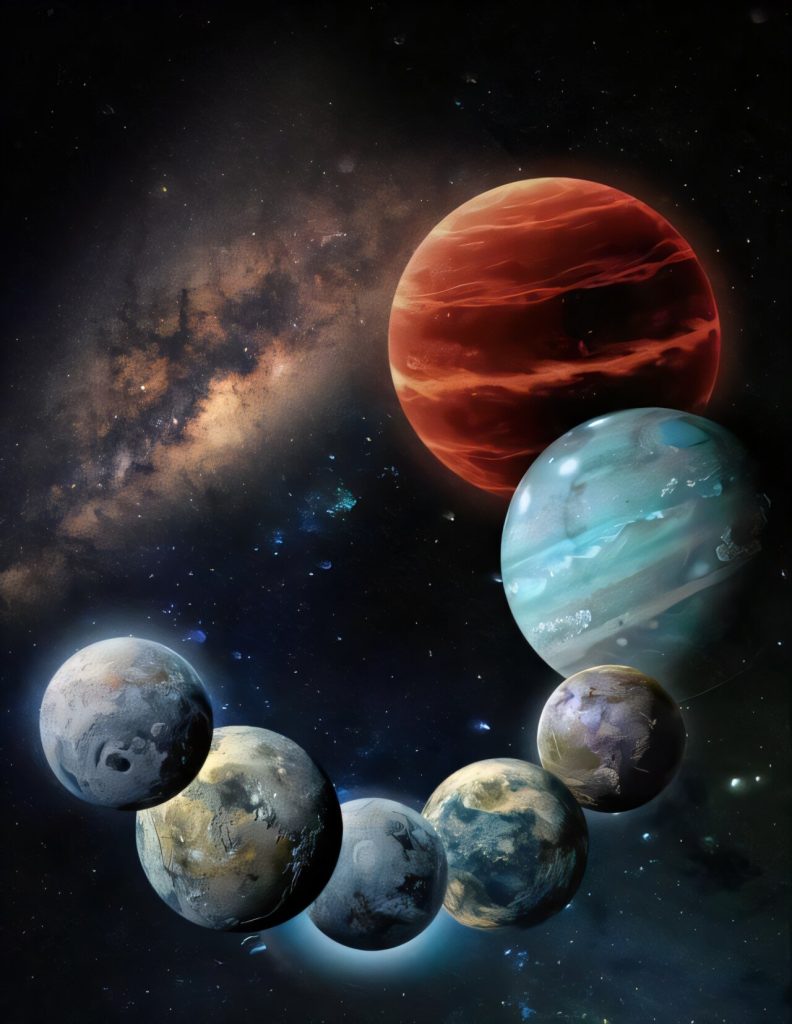Imagine peering into the cosmos and discovering how the weather of stars could play a vital role in shaping worlds far beyond our own. In a heartwarming glimpse into the universe, researchers are uncovering how the whims of stellar flares can influence the potential for life on distant exoplanets. Buckle up as we embark on this enlightening journey together!
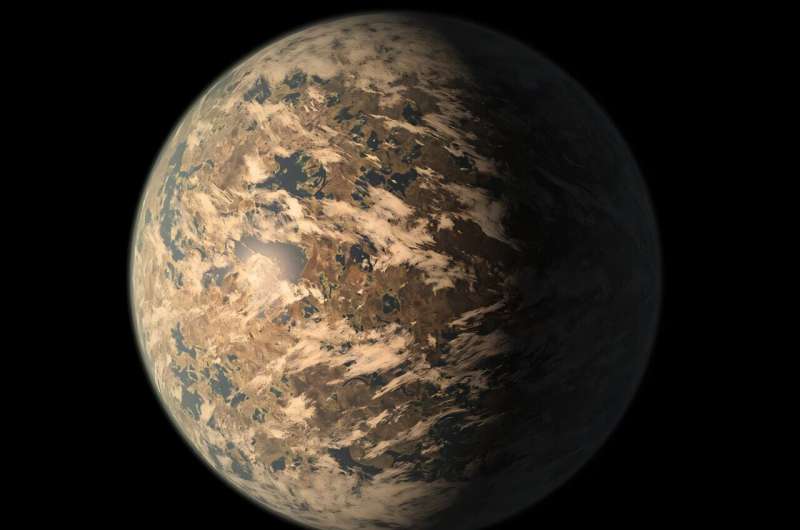
When we talk about the possibility of life on other planets, we often focus on the planets themselves. However, a new study highlights an essential truth: the relationship between a star and its planets is the true key to habitability. Particularly, red dwarfs—known for their propensity for powerful stellar flares—present both challenges and opportunities for nearby worlds.
Even our relatively stable sun can create “space weather” that impacts Earth, but for smaller, hotter stars, these effects can be much more dramatic. A fascinating study from the American Astronomical Society delves into how these stellar phenomena influence the climate of tidally locked planets—those always showing the same face to their star. The lead author, Howard Chen, from the Florida Institute of Technology, helps us explore this thrilling domain.
The authors of this research remind us that overwhelming stellar flares and coronal mass ejections can profoundly shape an exoplanet’s climate. They articulate, “These events influence the chemical compounds in the atmosphere and can even change how bright the planet looks from afar.” Understanding these dynamics is crucial as we scout for habitable worlds.
What makes this study stand out is its use of advanced 3D models. While many earlier studies relied on simpler models that only examined vertical dynamics, Chen and his team’s 3D approach captures a breadth of atmospheric behaviors, including the powerful jet streams that help circulate energy across the whole planet.
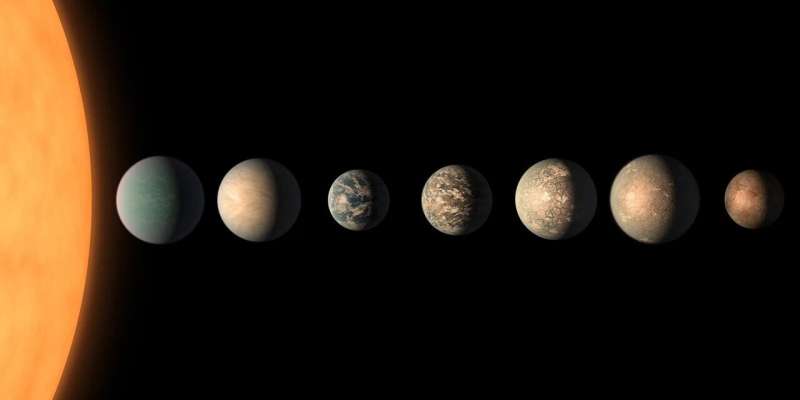
One particular star in focus is TRAPPIST-1, a fascinating red dwarf that hosts several rocky planets. The research dives into how flares from such stars can dramatically affect these planets’ atmospheres over extended periods. As waves of energetic particles bombard the worlds, the results can range from cooling effects to alterations in wind speeds and heat distribution.
Interestingly, the study indicates that while stellar flares can be harmful, they might also play a crucial role in sustaining atmospheres by enabling photochemical reactions. Chen’s team posits that when stars like TRAPPIST-1 produce these energetic flares, it can enhance or even change the circulation patterns in a planet’s atmosphere, redistributing essential gases and heat.
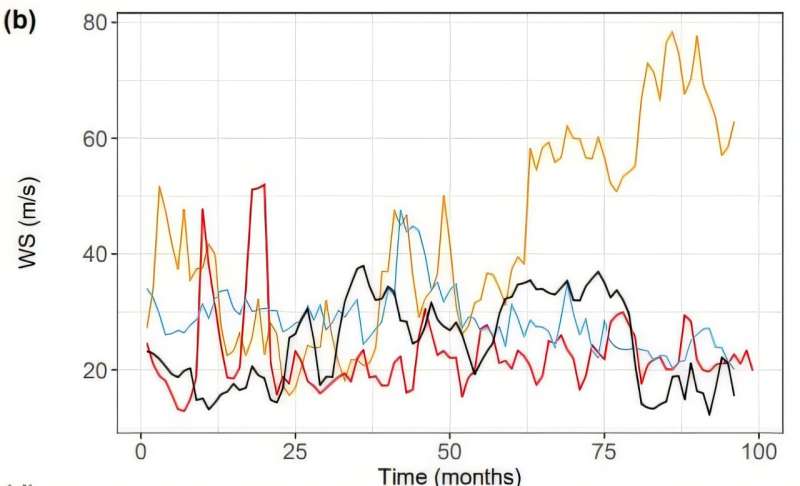
Moreover, the team discovered that planets around younger stars face more severe potential changes in their atmospheres due to frequent flaring. This constant barrage of energy may ultimately dictate how these planets develop and evolve, and it is critical to understand their varied atmospheres to recognize potential habitats for life.
As we delve further into this universe, we are not only uncovering the intricate dance between stars and their planets but also painting a broader picture of life’s potential in the cosmos. This research serves as a reminder that the very fabric of our universe is woven with threads that connect us to worlds long thought unreachable, filled with mystery and possibility.
More information:
Howard Chen et al., Effects of transient stellar emissions on planetary climates of tidally-locked exo-Earths, arXiv (2025). DOI: 10.48550/arxiv.2505.03723
If you would like to see similar science posts like this, click here & share this article with your friends!


